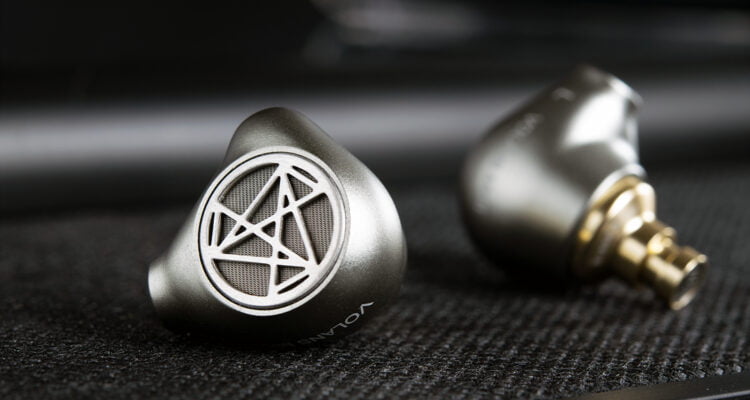
Astrotec Volans MK2 Review: The Quiet Sea
The OG Chi-Fi brand Astrotec came back once again with their newest in-ear release, the Volans MK2. While Astrotec may not sound too familiar for those who recently started the earphone hobby, they’re one of the earliest earphone companies that brought hype to the Chinese budget earphones. Astrotec feels extra special as I started this hobby just around when Astrotec newly entered the market, so I’ve been following up with their product releases since then.
Anyhow, Volans MK2 is the successor of Volans, their mid-range earphone. Volans MK2 is priced at $499 and features a single proprietary dynamic driver. Let’s check out this and that, see how it sounds, and lastly compare it with the previous Volans MK1.

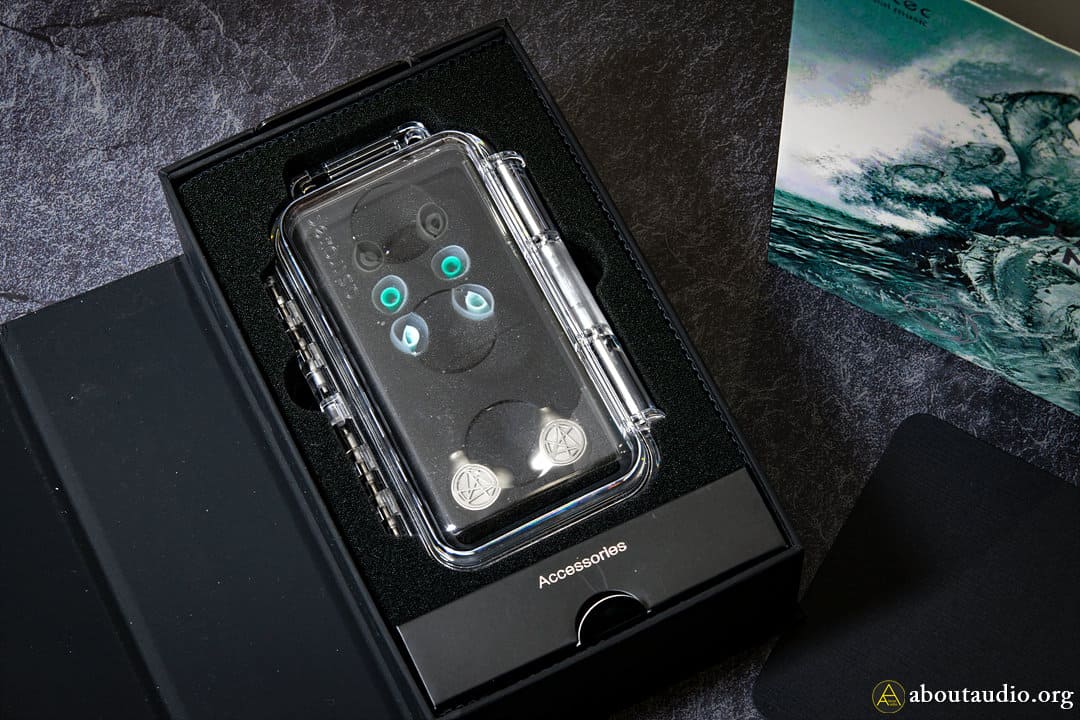
Packaging
The word “Volans” refers to a constellation shape of a flying fish, hence the splashing sea graphics on the outer package and the silvery fish symbol at the bottom. Other than the earphones, Volans MK2 comes with 3 pairs of silicone tips, a pair of foam tips, a cleaning tool, a pair of earpiece mesh bags, a cleaning tool, paperwork, and a hard case. The earpieces are very soft and elastic, offering a comfy fit.
The carrying case resembles a Pelican case but is smaller and slimmer in form factor, making it handier to carry around. While the interior is covered with rubber padding, the inner side of the lid isn’t covered with rubber padding which is a slight downside. However, if you store the IEMs with the earpieces covered in mesh bags, the case will keep the IEMs protected from rattling around.
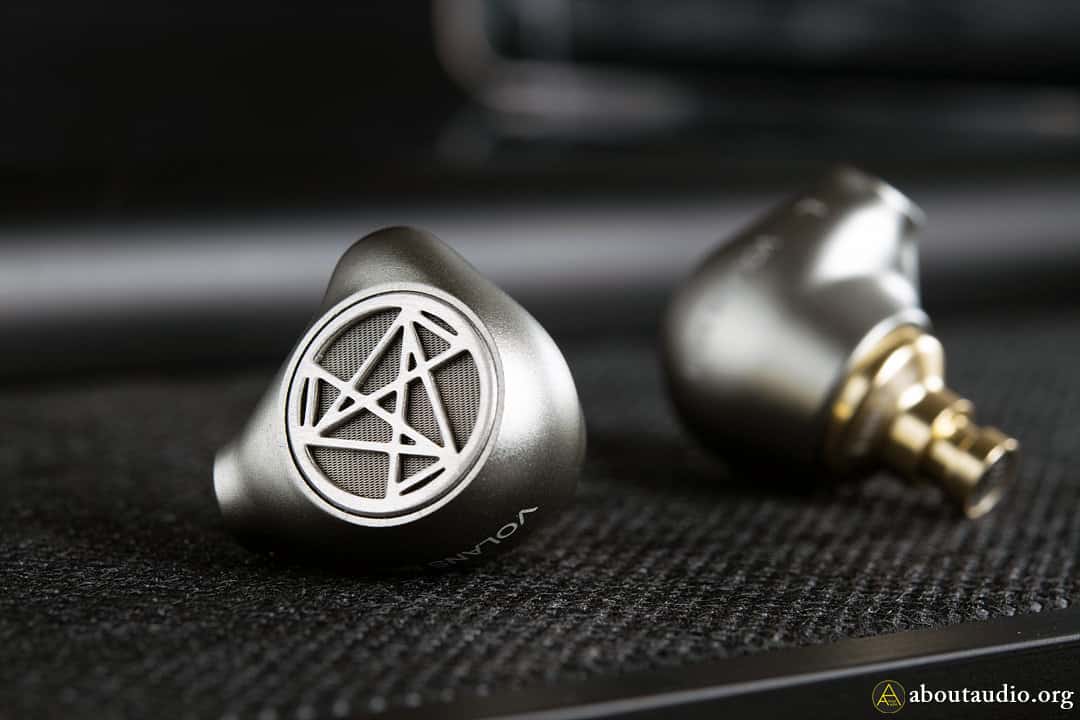
The Earpieces
Volans MK2 uses a single proprietary dynamic driver with multi-layer acoustic dampers and a series of tuning components. The 10mm Liquid Crystal Polymer diaphragm is paired with copper rings and a neodymium magnet, which is then encapsulated in a brass chamber.
The earpieces are made of full metal, using CNC aerospace aluminum for the outer side and brass cavity for the inner side. The faceplate is nicely designed with a series of straight lines and shapes, resembling a shape where you connect the constellation dots in the sky. Volans MK2 uses a standard MMCX connector and offers a strong grip for the cable, not causing excessive connector spins or audio cut-offs.
Fitting-wise, the earpiece size is compact which makes it easy to achieve a secure fit. However, the earpiece is slightly thicker than my expectations (the total length from the nozzle to the faceplate), which doesn’t make the earpieces go deeper than I expected. Nevertheless, since both the nozzle and earpieces are shaped ergonomically, and also because the earpieces are slim in size, the fit is still great. While the initial fitting experience may have been rather unusual, the Volans MK2 offers a more comfortable fit than the Volans MK1.
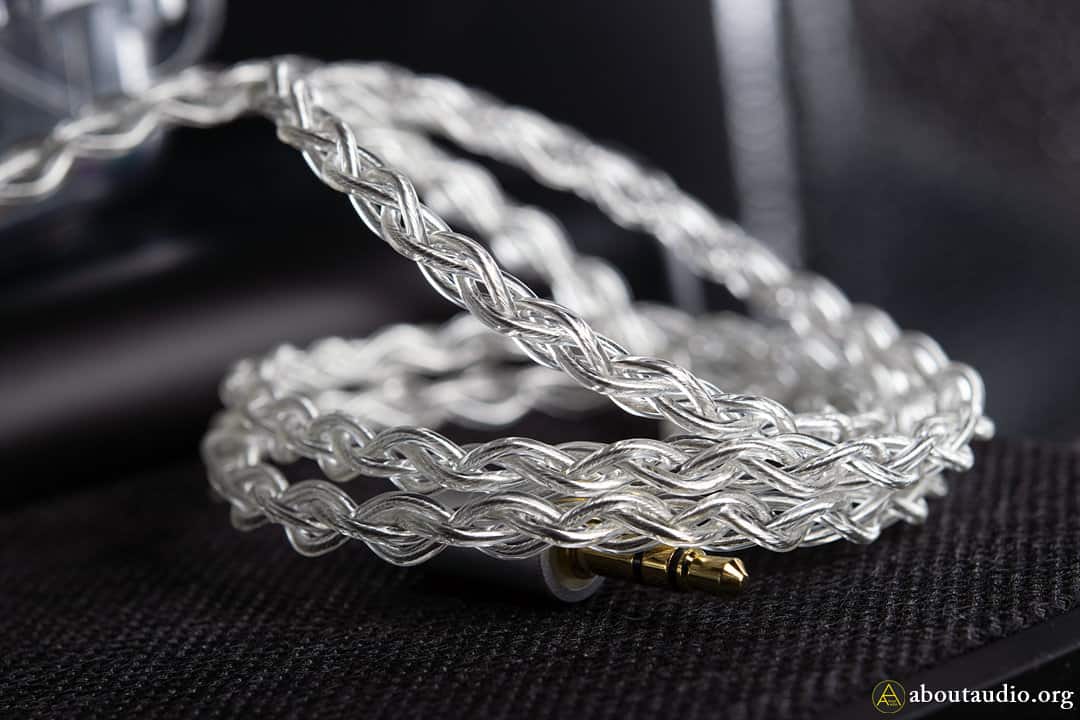
Stock Cable
The stock cable of Volans MK2 is made of 4-braided SPC wires. It’s very soft and light, causing zero microphonics or trouble handling. The connectors are nicely finished with metal parts with silicone-padded protections near the plug. Speaking of the plug, Astrotec only offers a 3.5mm unbalanced termination for the audio plug which is a downside. Considering that cheaper IEMs offer a 4.4mm option or even a modular plug, Astrotec sure could’ve done better here.
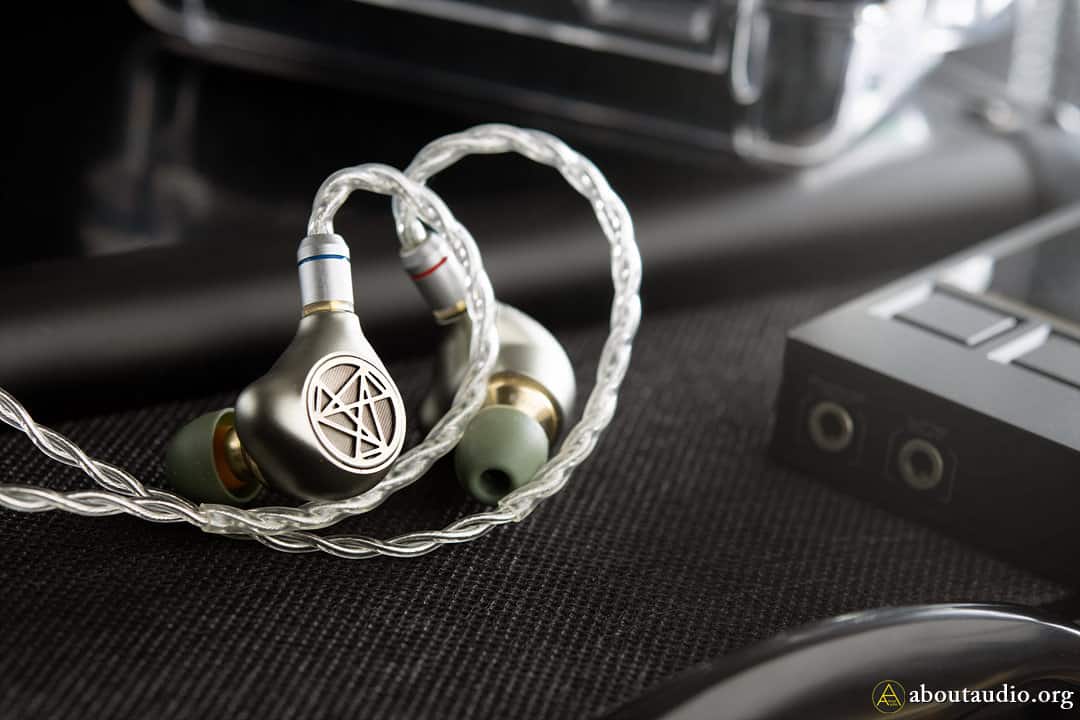
Sound impressions: Lows
Volans MK2 has a flat sound signature with gently elevated lows and highs. We could say that it’s a flat v-shaped sound. Lows have good sub-bass thump and body, keeping the bass range fairly well pronounced. However, Volans MK2 has a calm, linear bass that doesn’t get too up-close or dynamic. It’s the opposite of bombastic. The bass is a bit distanced and keeps a laidback position.
The bass quantity is about 20% elevated from flat, so the tuning would be ideal for those who want a flat sound but also want some fullness on the low ends. Volans MK2 also keeps the bassline stable and butter-smooth, offering easy-listening bass dynamics. It’s a tuning that says no to the bass being smeared on the face, so it’s a good match if you want a quiet, peaceful bass but not for those who want the thunders to strike.
Next Page: More on Sound Impressions / Comparisons


